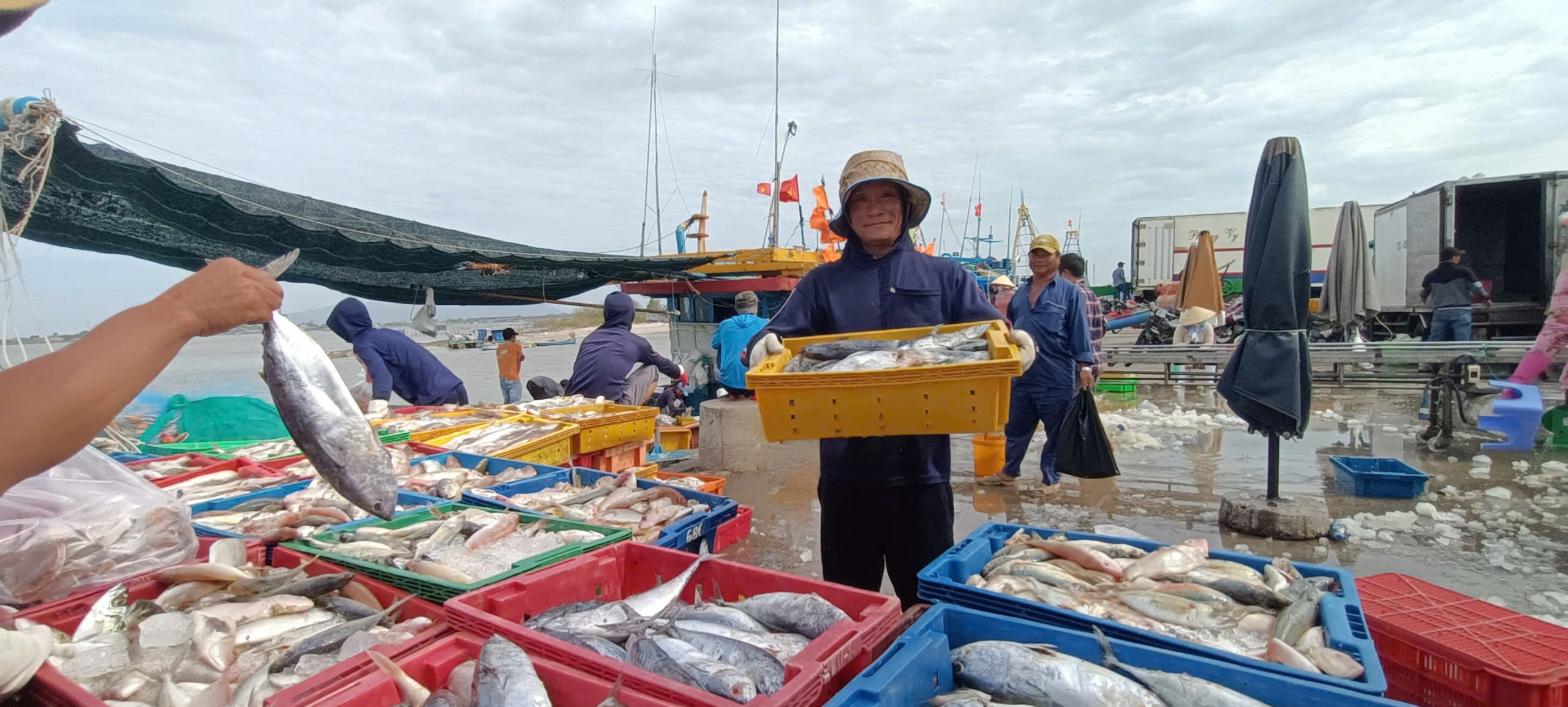 |
| Seafood has just arrived at Tan Phuoc port (Long Dat district). |
Protection of aquatic resources
Mr. Nguyen An Huu (Phuoc Hoi commune, Long Dat district) has an 18m long fishing boat that has been fishing for more than ten years. Realizing that the fishing grounds were increasingly depleted, after being promoted and mobilized by the local authorities, in 2024, he sold the boat and bought another smaller boat to fish for crabs.
“If we convert an 18m boat from a trawler to a gillnet, the cost will be very high, around 1-1.5 billion VND, and my family does not have enough money. After consulting with friends, I decided to sell the boat and buy a smaller boat, worth 450 million VND, to go fishing in the open sea for crabs,” Mr. Huu shared.
Currently, each trip at sea lasts about 1-2 days, Mr. Huu's boat catches about 40kg of crabs and various fish, selling for 3-4 million VND. After deducting the cost of fuel, food, and wages, he makes a profit of 2-2.5 million VND/trip at sea.
Although his income is not as high as his previous job, Mr. Huu still feels happy because the job change not only complies with regulations but also protects aquatic resources.
Currently, the province has 5,085 fishing vessels, of which 2,462 operate offshore, with an output of nearly 374 thousand tons in 2024. In recent years, the Department of Agriculture and Environment has focused on restructuring and reducing exploitation intensity in accordance with resource reserves; mobilizing fishermen to switch to and limit trawling, trapping, and cage trapping; developing purse seine and line fishing, stabilizing gillnet fishing, and providing logistics services for catching aquatic resources.
The Department also reorganized offshore and coastal seafood exploitation activities, linked to the development of the livelihoods of coastal fishing communities; increased application of advanced and modern technology in exploitation and preservation of aquatic products after catching in the direction of increasing added value, minimizing losses, and increasing the efficiency of sea trips.
Promote high-tech farming
To reduce pressure on seafood exploitation, in recent years, the agricultural sector has focused on developing high-tech aquaculture.
After nearly 20 years of raising fish in cages in Ben Dam Bay (Con Dao District), Mr. Le Van Quan invested in a system of HDPE plastic cages using Norwegian technology to replace the old farming method to adapt to climate change, increase productivity, and prevent diseases. According to Mr. Quan, the advantages of cages using this technology are high durability, resistance to big waves and strong winds, resistance to chemicals, and resistance to corrosion and rust from seawater, so it requires little repair and maintenance costs.
| In order to regenerate, restore, conserve and develop natural aquatic resources, every year, the agricultural sector organizes the release of fish and shrimp fry into the sea on the traditional day of the aquatic sector, April 1. Thereby, it helps increase the population density of overexploited aquatic species, creating ecological balance, stabilizing the population of species in water bodies and natural basins, and encouraging organizations and individuals to carry out responsible aquaculture well, joining hands to build and develop a sustainable industry. |
Thanks to the above characteristics, Mr. Quan set up a cage system far from shore, in deep, clean water, limiting the risk of pollution and disease. In addition to grouper, birds, and cobia, he boldly raised many types of marine fish with high economic value such as eel, red grouper, armored cow, abalone, etc. Thereby, the efficiency is 20-50% higher than the traditional wooden cage farming method.
With a farming area of 5,664 hectares and an output of more than 22,600 tons/year, the aquaculture industry in the province not only contributes to creating a stable source of raw materials for export, but also helps reduce pressure on seafood exploitation, contributing to sustainable industry development.
In particular, the industry also focuses on transferring and replicating high-tech aquaculture models. To date, there have been 23 organizations and individuals raising and producing aquatic breeds applying high technology with a total area of over 429 hectares. The rate of value of high-tech aquaculture products has now reached 46.54%.
In the coming time, the industry will continue to promote and encourage high-tech shrimp farming models, convert farming methods to intensive and super-intensive farming, and promote high-tech white-leg shrimp production throughout the province.
“The industry also promotes the issuance of codes for aquaculture facilities for key farming species (such as black tiger shrimp and white-leg shrimp) to facilitate traceability; mobilizes businesses and farming facilities with economic potential to build a close chain from production to consumption to stabilize the output of aquatic products,” said Mr. Do Minh Tuan, Deputy Director of the Department of Agriculture and Environment.
Article and photos: NGOC MINH
Source: https://baobariavungtau.com.vn/kinh-te/202503/ky-niem-ngay-truyen-thong-nganh-thuy-san-viet-nam-14-phat-trien-nganh-thuy-san-ben-vung-1038448/



![[Photo] Visiting Cu Chi Tunnels - a heroic underground feat](https://vstatic.vietnam.vn/vietnam/resource/IMAGE/2025/4/8/06cb489403514b878768dd7262daba0b)




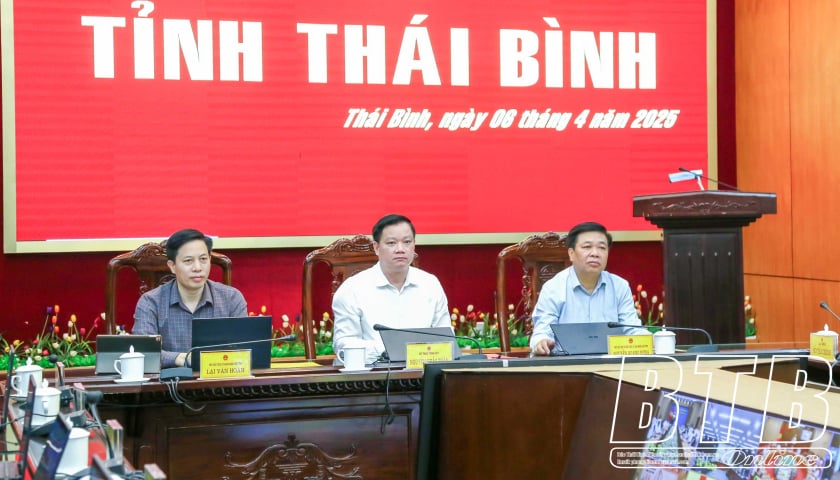

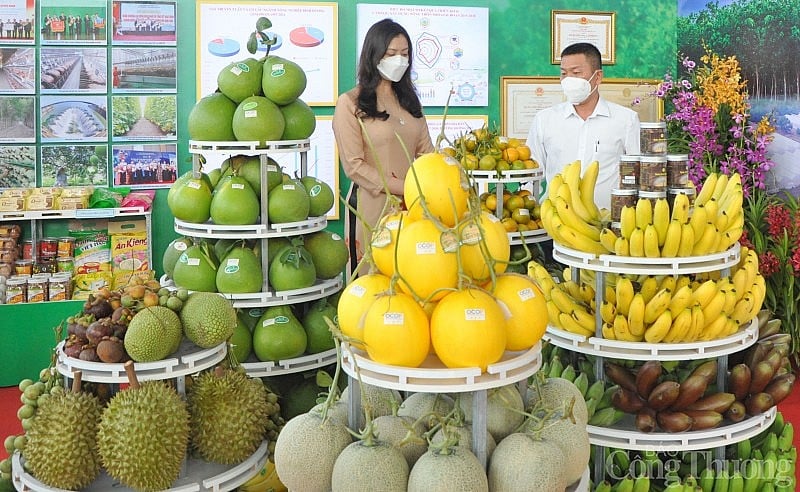
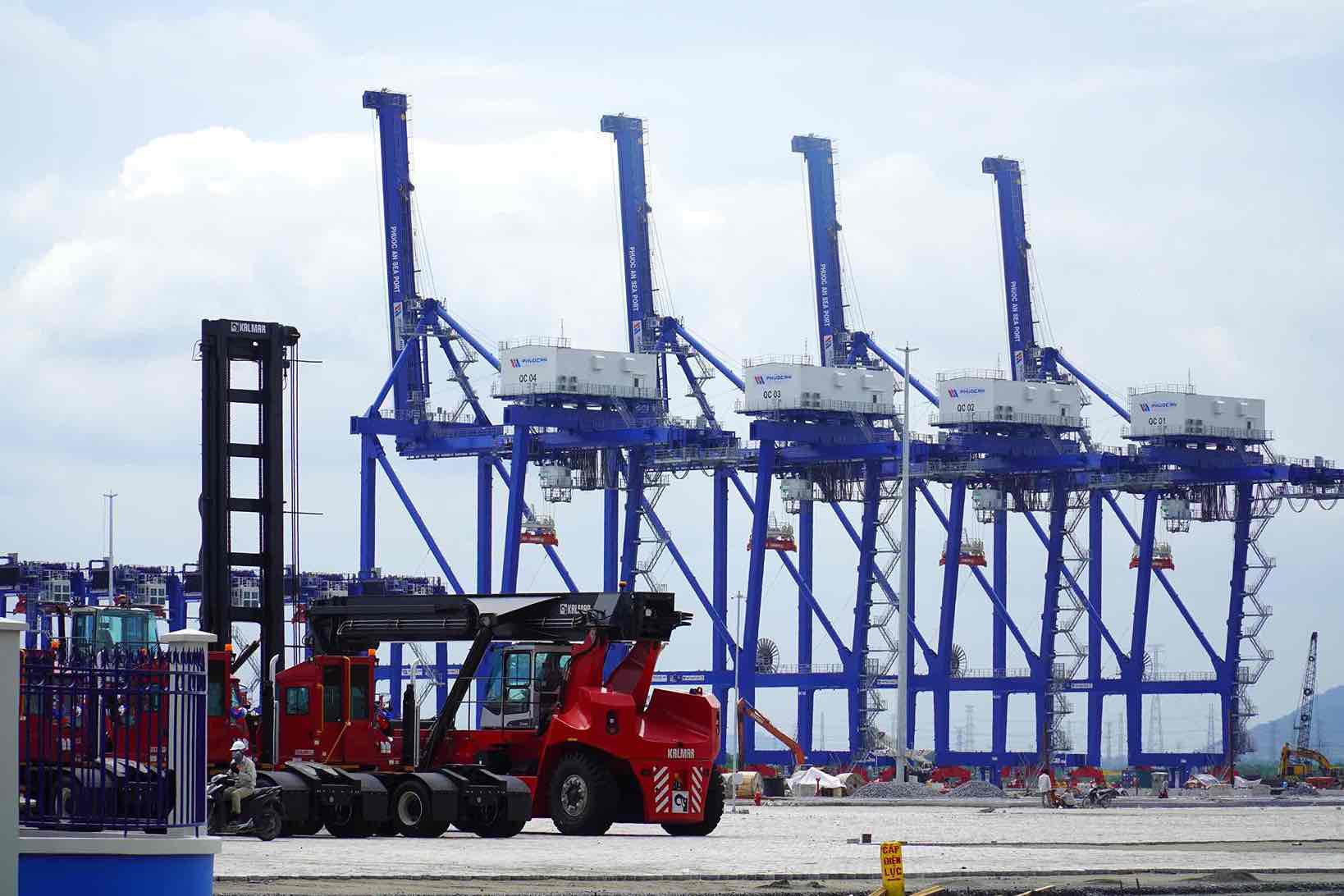
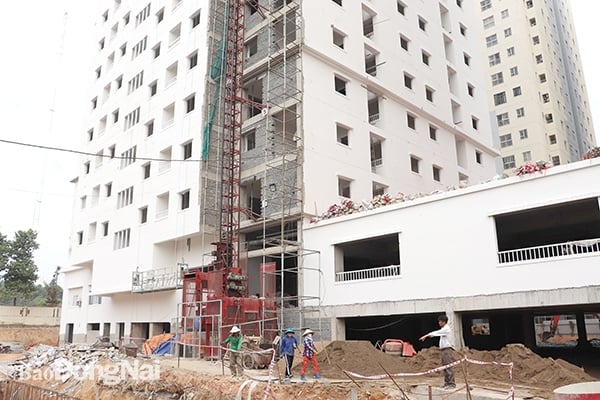
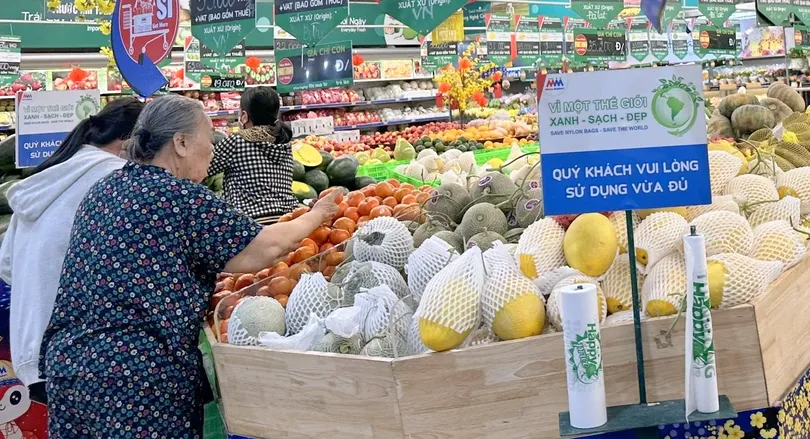



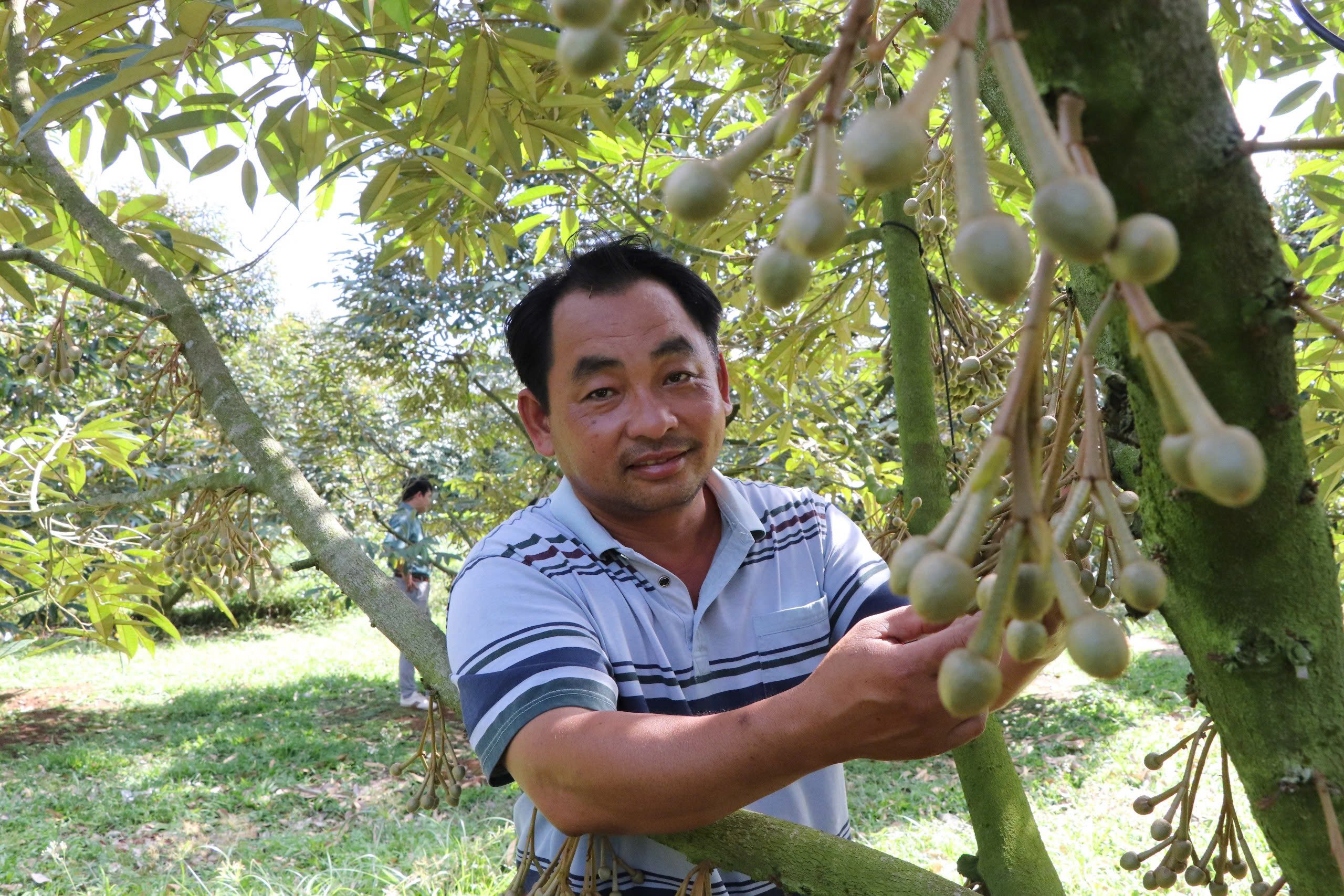
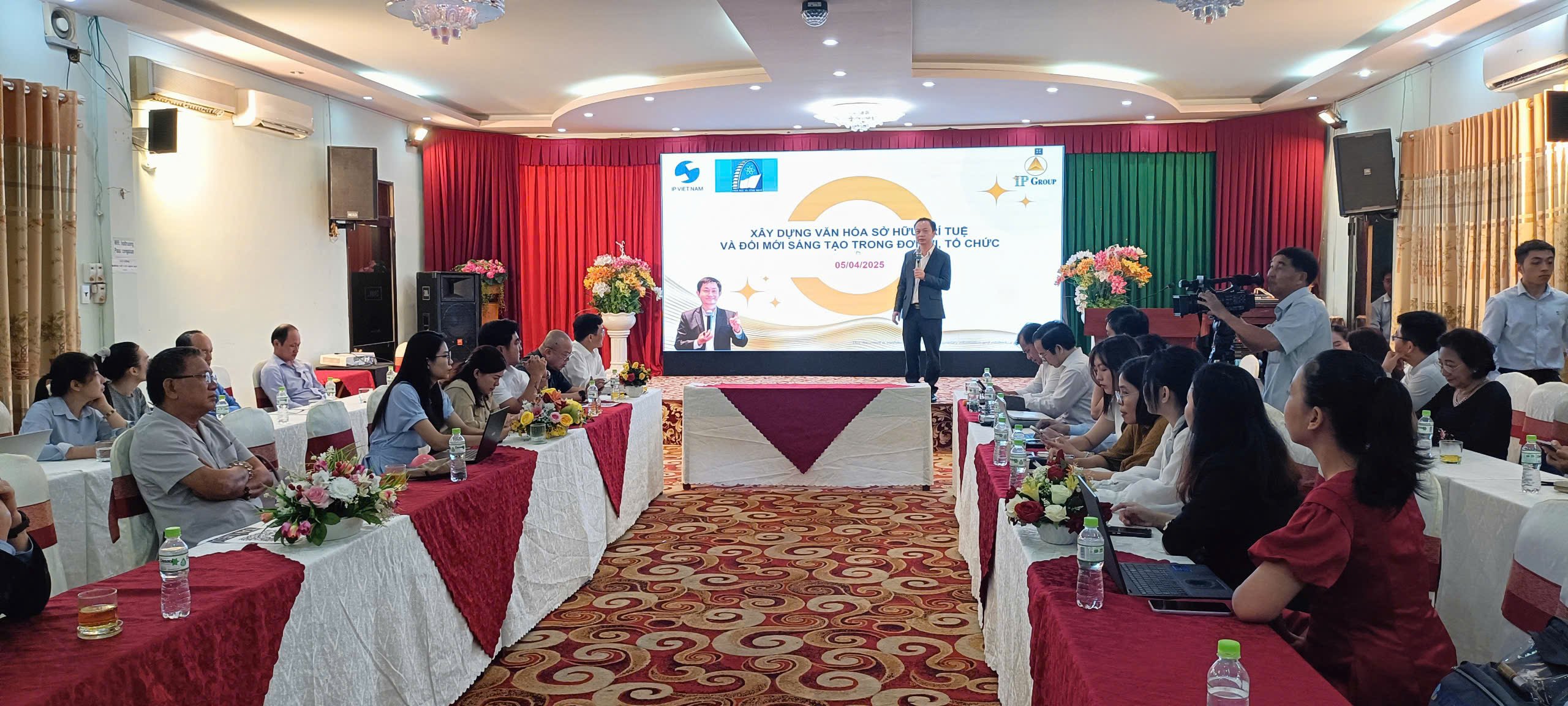
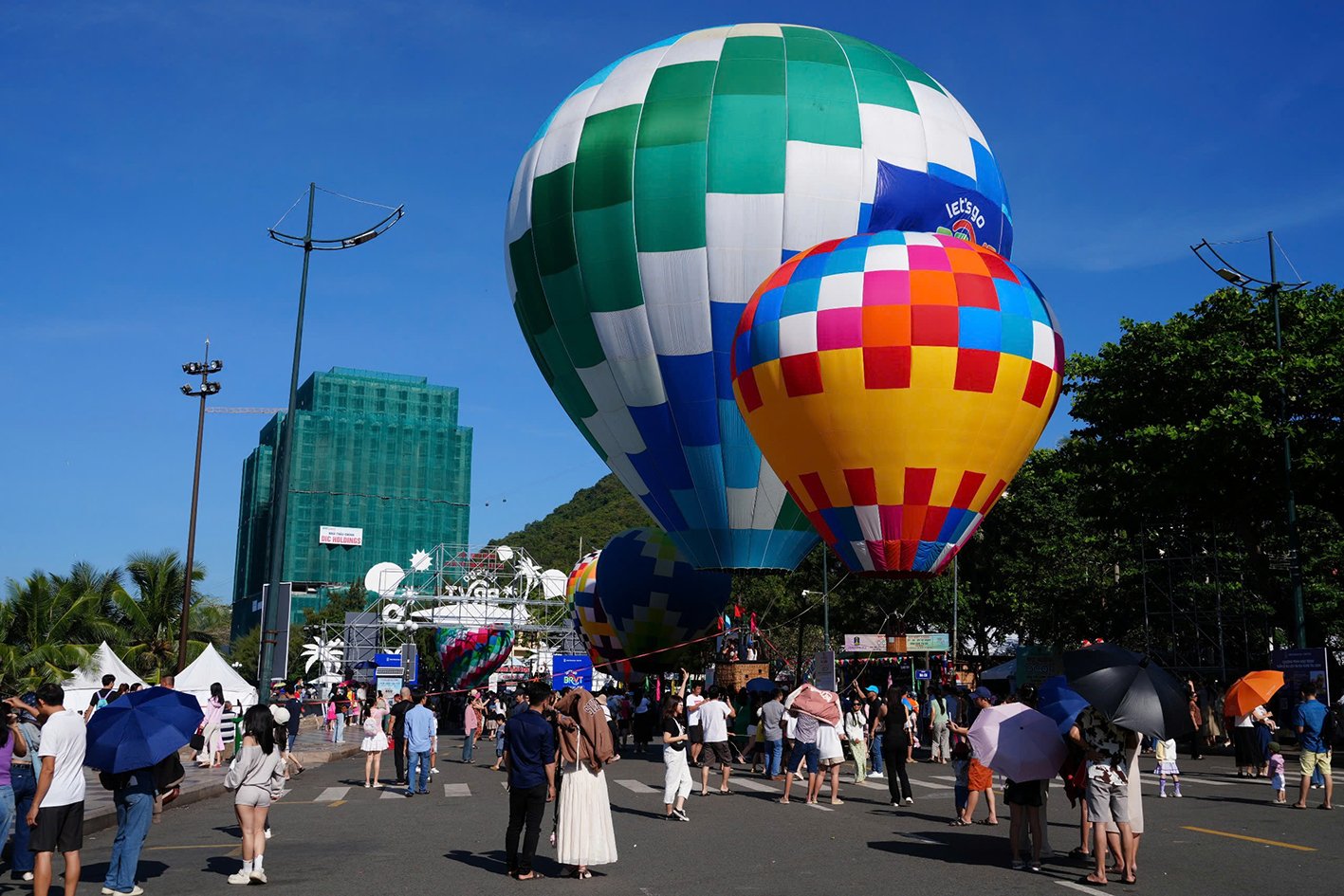
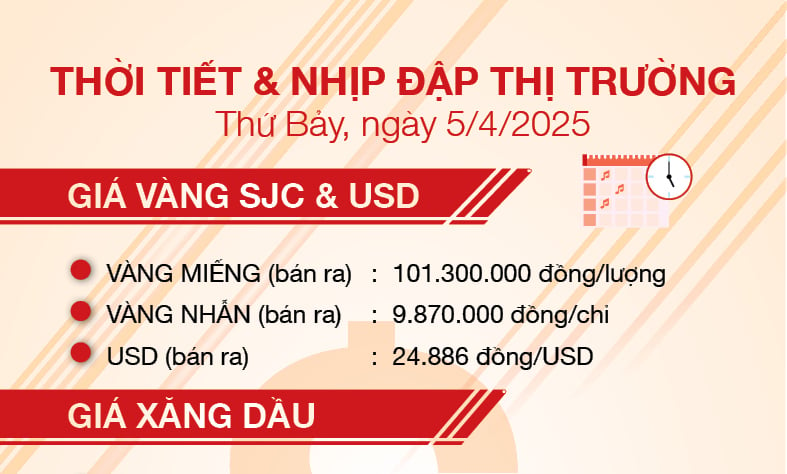








































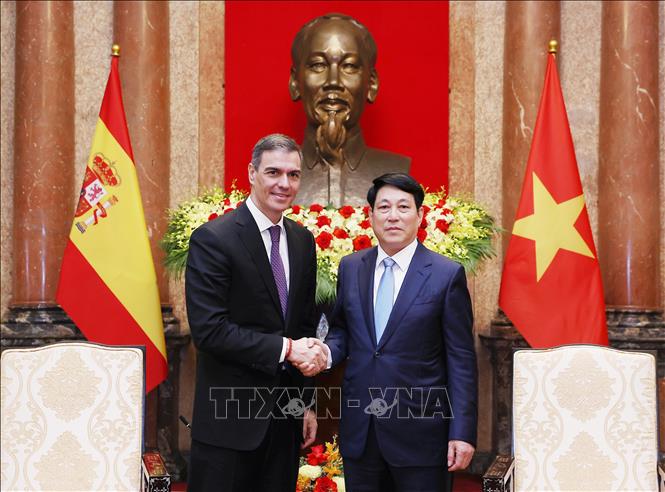








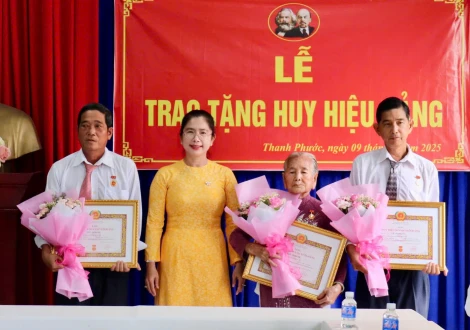
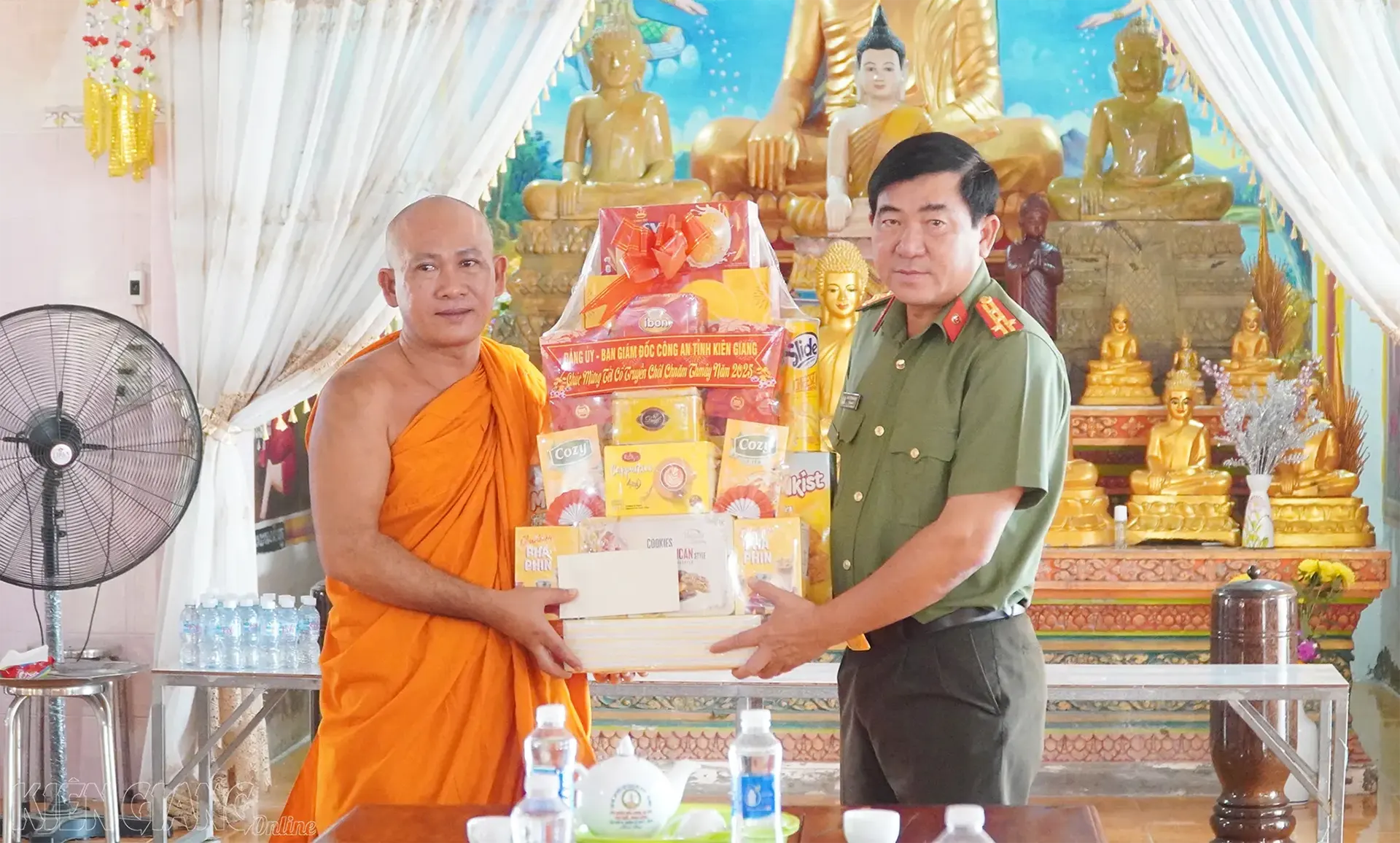
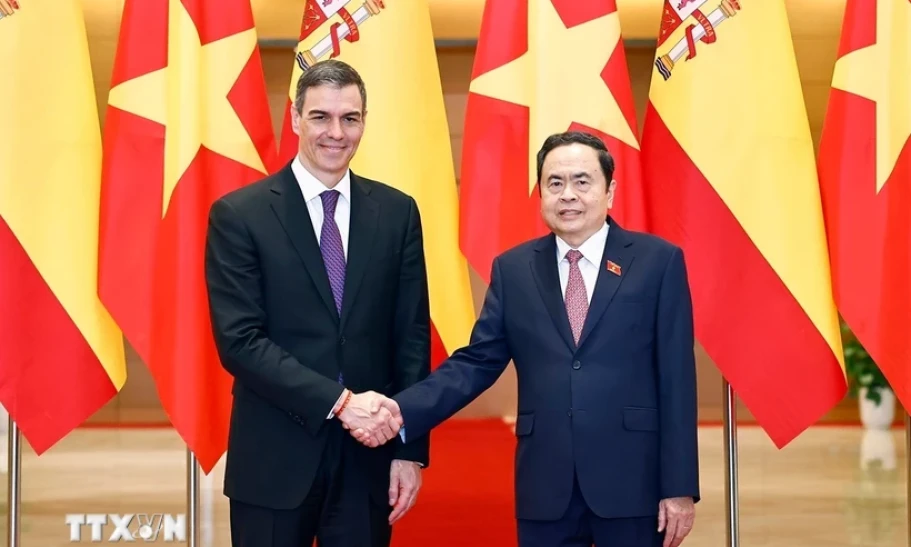
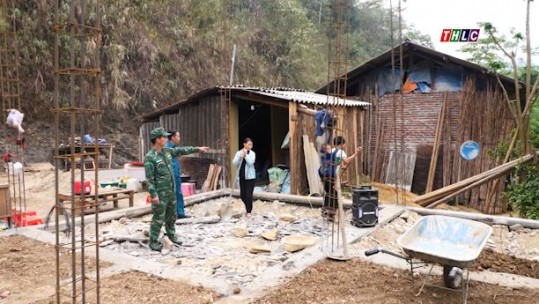
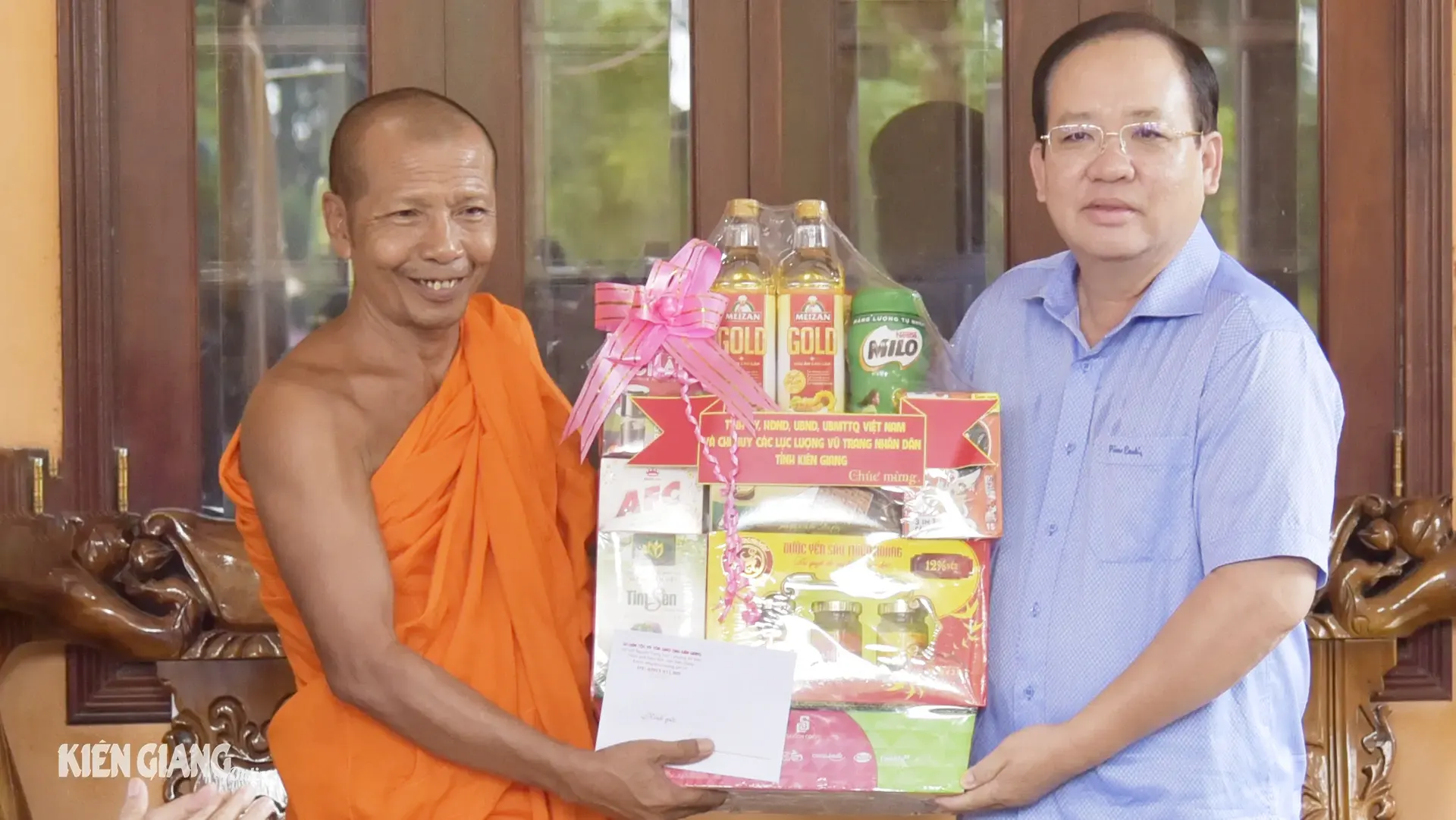
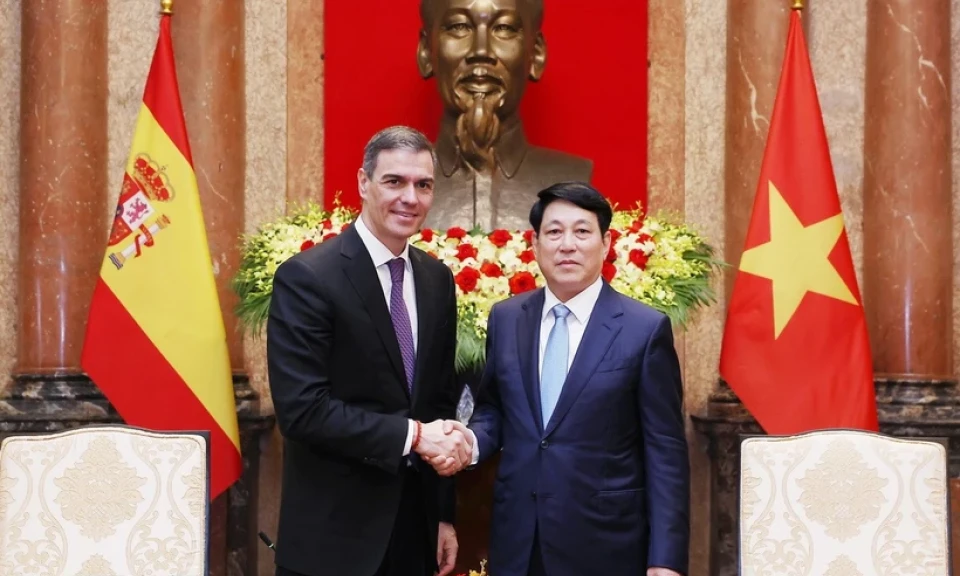










Comment (0)